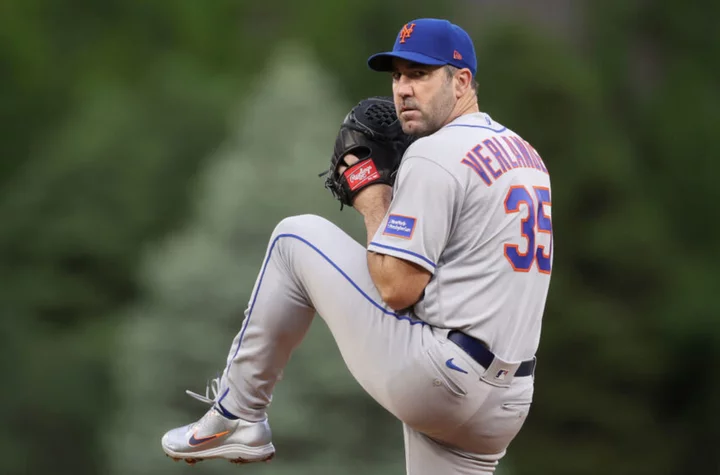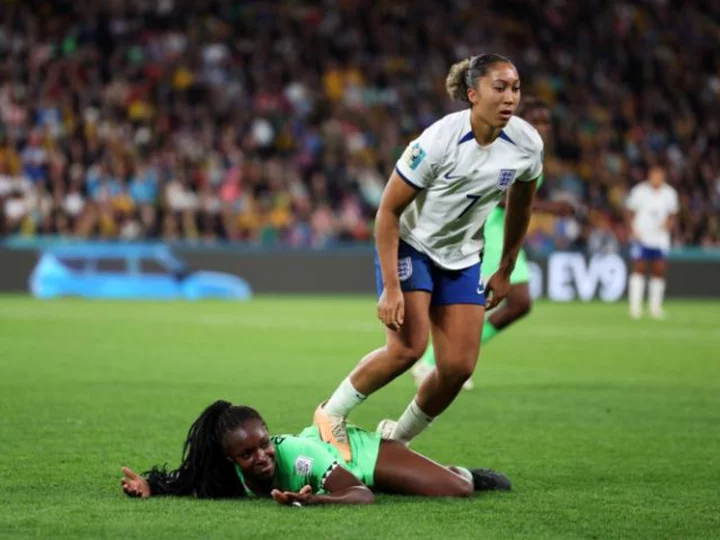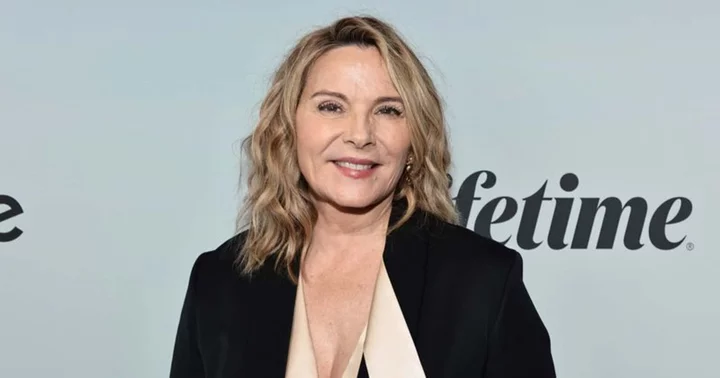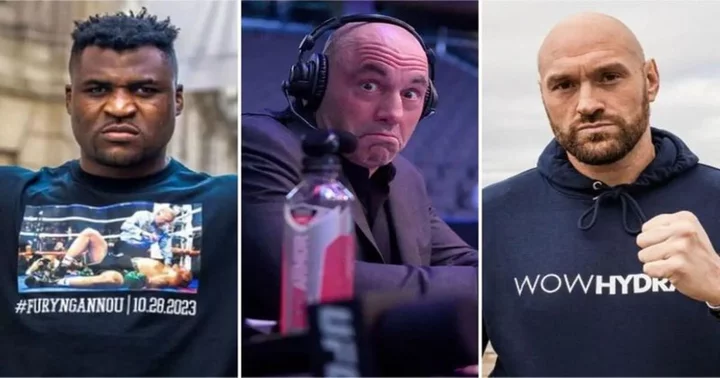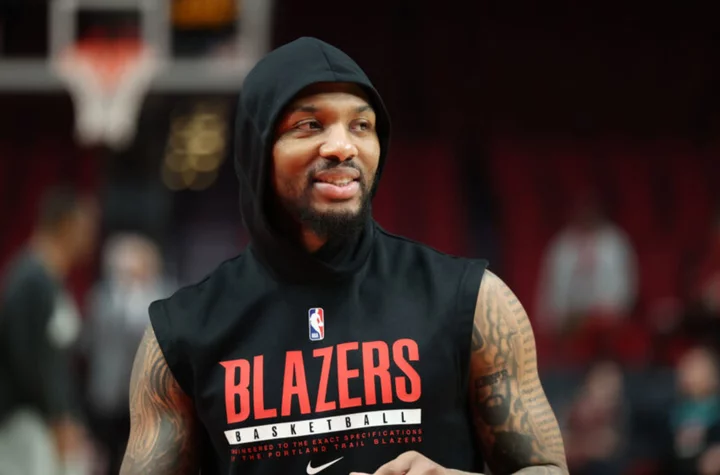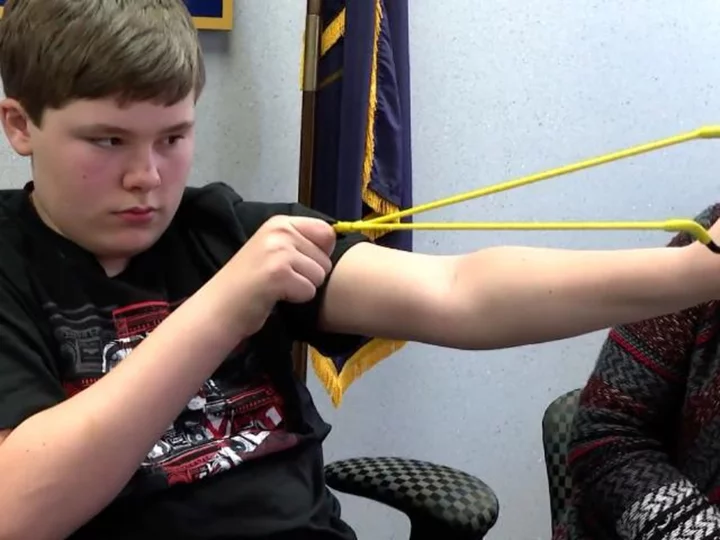The Baltimore Orioles might be viewed as the third-place team in the running for Justin Verlander, but a few connections should help them stand out.
On Monday night, the Baltimore Orioles emerged as a possible fit for Justin Verlander. Then, Jon Morosi confirmed early deadline morning: The Orioles are actively in pursuit of the multi-Cy Young-winning pitcher.
With the Orioles entering the running so late, it might be easy to toss them up as a clear third-place team, a runner-up to the teams that have been in discussion with the Mets for days now. That has long been thought to have been the Houston Astros and Los Angeles Dodgers.
Trade negotiations change quickly, though, and with the Astros offer widely believed to be lacking in the prospects the Mets will want in return for Verlander, the Orioles could stand out as simply a fresh face with something new to offer. Not to mention, they haveeight prospects in the MLB's Top 100 to mix and match in any massive deal.
While their prospects are the main thing, there are some sneaky elements to Baltimore as a trade fit that might help them land Verlander.
Orioles have location advantage over Dodgers, Astros
Keep in mind, Justin Verlander has a no-trade clause. So while the Mets and whichever team need to agree on a trade for Verlander, he also has to sign off on the destination if he is in fact traded.
It is believed that Verlander would sign off on a trade to a competitor, but that his preference is to stay in New York. Verlander signed a multi-year contract with the Mets to keep himself and his family in New York. Being moved so soon is unideal.
Houston has familiarity to offer Verlander since he won two World Series with the organization. But Baltimore can offer some of the same nostalgia, as Verlander grew up not far from Baltimore in Virginia:
Additionally, Baltimore's proximity to New York City might make it more tenable for Verlander and his family than both Houston and Los Angeles. While Maryland and NYC are not close, it's certainly an easier trek than from Texas or California. An Amtrak runs about 2.5 hours, a drive is about 3.5 hours, and a flight would be about an hour (though the time going through security and traveling to the airport probably more than double that!). Plus, wealthy folks like Verlander can do things like rent private jets or helicopters to make anything in the Northeast Corridor feel like an easy commute.
The proximity to Verlander's true desired destination might help push the Orioles over the top. The biggest question is the remainder of Verlander's massive contract and whether or not the Orioles find that tenable. Perhaps they can throw in an extra prospect to convince the Mets to foot some of that bill.
The point remains: Don't sleep on the Orioles in the Verlander race. There are very clear reasons why they would fit.
It's hard to deny that Verlander's no-trade clause is a fascinating wrinkle impacting the nature of the trade deadline.

